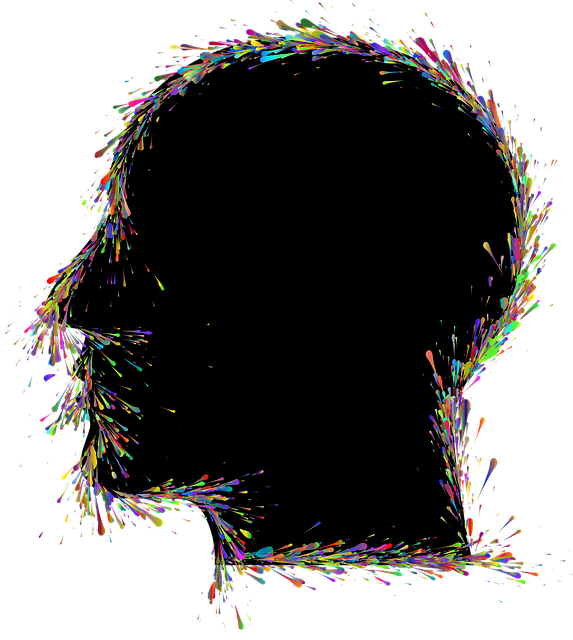In Australia, body dysmorphic disorder (BDD) is treated holistically through a combination of psychological therapies like cognitive-behavioural therapy (CBT), physical health guidance, support groups, and mindfulness practices. This comprehensive approach addresses the complex interplay of psychological, social, and cultural factors contributing to dysmorphia, aiming to improve body image, self-esteem, and overall well-being. Key strategies include CBT for challenging negative thoughts, mindfulness for cultivating compassion, interpersonal therapy for addressing social influences, and community resources for destigmatization and peer support. Australia's patient-centric healthcare philosophy emphasizes tailored, long-term solutions for managing dysmorphia effectively.
In Australia, a holistic approach to treating body dysmorphia is gaining recognition as an effective strategy. This comprehensive guide explores the multi-faceted treatment of dysmorphism, focusing on the unique Australian context. We delve into understanding the condition, from cognitive distortions to its impact on individuals’ lives. The article presents an evidence-based holistic framework, emphasizing psychological interventions, addressing underlying causes, and the crucial role of support systems and community resources in fostering recovery.
- Understanding Body Dysmorphia: A Comprehensive Overview
- The Holistic Treatment Framework in Australia
- Psychological Interventions for Cognitive Distortions
- Therapeutic Strategies: Addressing Underlying Causes
- Support Systems and Community Resources for Recovery
Understanding Body Dysmorphia: A Comprehensive Overview

Body dysmorphia, a mental health condition characterized by an excessive preoccupation with perceived flaws in one’s appearance, is a growing concern in Australia. This often leads to significant distress and can significantly impact an individual’s daily life and overall well-being. The term ‘dysmorphia’ itself reflects the distorted perception of one’s body image, where even minor imperfections are magnified.
In Australia, the holistic approach to treating dysmorphia involves a multi-faceted strategy. This includes psychological therapies such as cognitive-behavioural therapy (CBT), which helps individuals challenge negative thoughts and behaviours related to their appearance. Additionally, support groups and community engagement play a vital role in fostering a sense of belonging and reducing the stigma associated with dysmorphia. The comprehensive treatment also considers physical health, offering guidance on nutrition and exercise, ensuring that individuals with dysmorphia develop a healthier relationship with their bodies.
The Holistic Treatment Framework in Australia
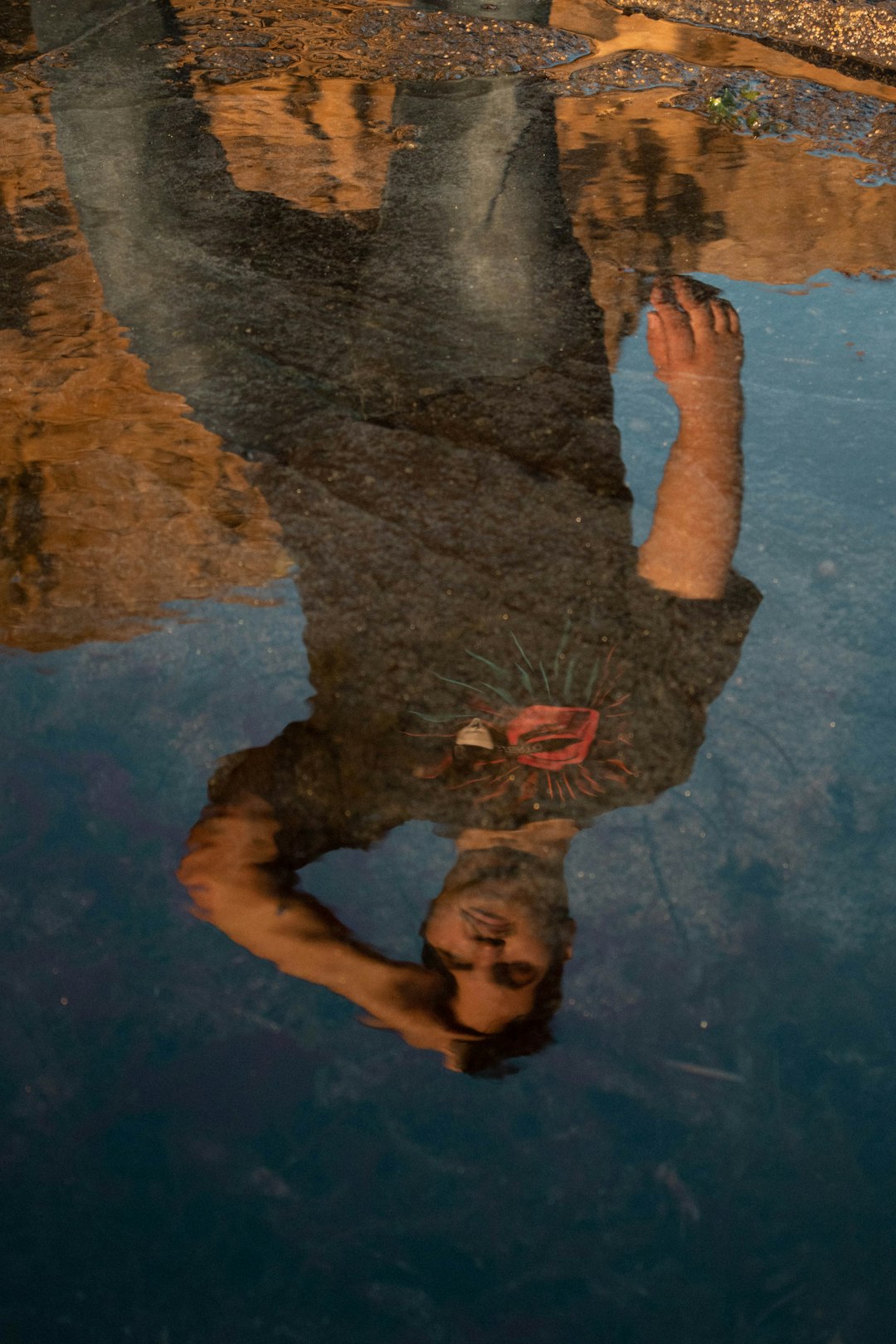
In Australia, a holistic treatment framework is increasingly recognized as an effective approach to addressing body dysmorphia. This method goes beyond traditional psychological and medical interventions, incorporating diverse practices that cater to the individual’s physical, mental, emotional, and social well-being. Holistic treatment centers in Australia often blend evidence-based therapies like cognitive behavioral therapy (CBT) with complementary practices such as mindfulness meditation, yoga, nutrition counseling, and expressive arts therapy.
This comprehensive approach acknowledges that body dysmorphia is not solely a psychological disorder but rather a complex interplay of factors. By addressing these multifaceted aspects, holistic treatment aims to empower individuals to develop a healthier relationship with their bodies, enhance self-esteem, and improve overall quality of life. Such an inclusive strategy resonates well with the Australian healthcare system’s emphasis on patient-centered care and empowerment.
Psychological Interventions for Cognitive Distortions
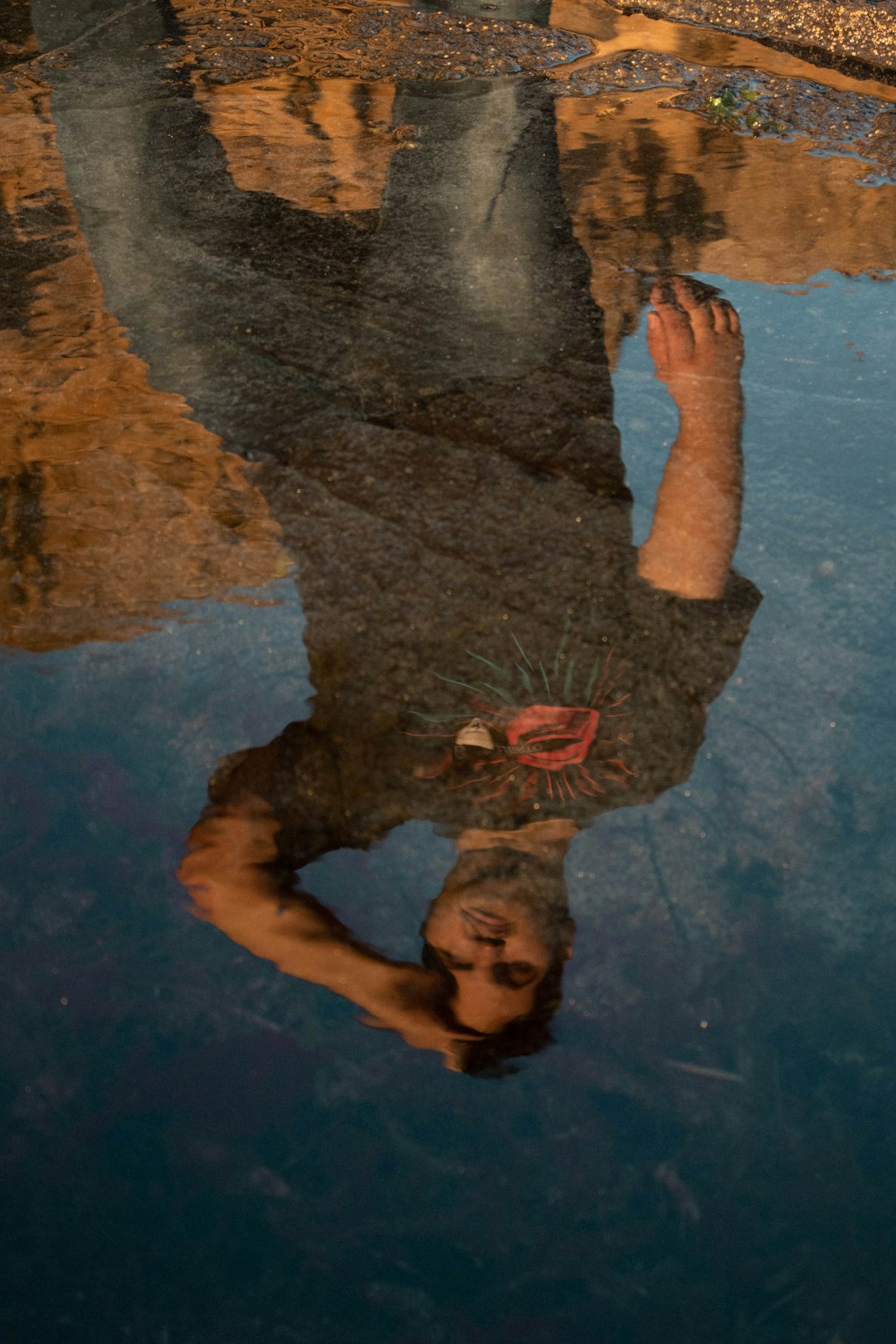
Psychological interventions play a pivotal role in treating body dysmorphia by addressing the underlying cognitive distortions that contribute to the disorder. Cognitive Behavioral Therapy (CBT) is one such evidence-based approach that helps individuals challenge and reframe negative thoughts and beliefs about their appearance. Through CBT, patients learn to identify distorted thinking patterns and replace them with more realistic and positive perceptions. This process empowers them to develop a healthier self-image and reduce the intense focus on perceived flaws.
Additionally, other psychological strategies like mindfulness-based therapies can be highly effective. Mindfulness encourages individuals to accept their thoughts and feelings without judgment, fostering a non-reactive mindset. By practicing mindfulness, people with dysmorphia can detach from negative self-talk and develop a more compassionate relationship with themselves. These interventions work in conjunction to provide a comprehensive treatment plan, offering long-term benefits for those struggling with body dysmorphia in Australia.
Therapeutic Strategies: Addressing Underlying Causes
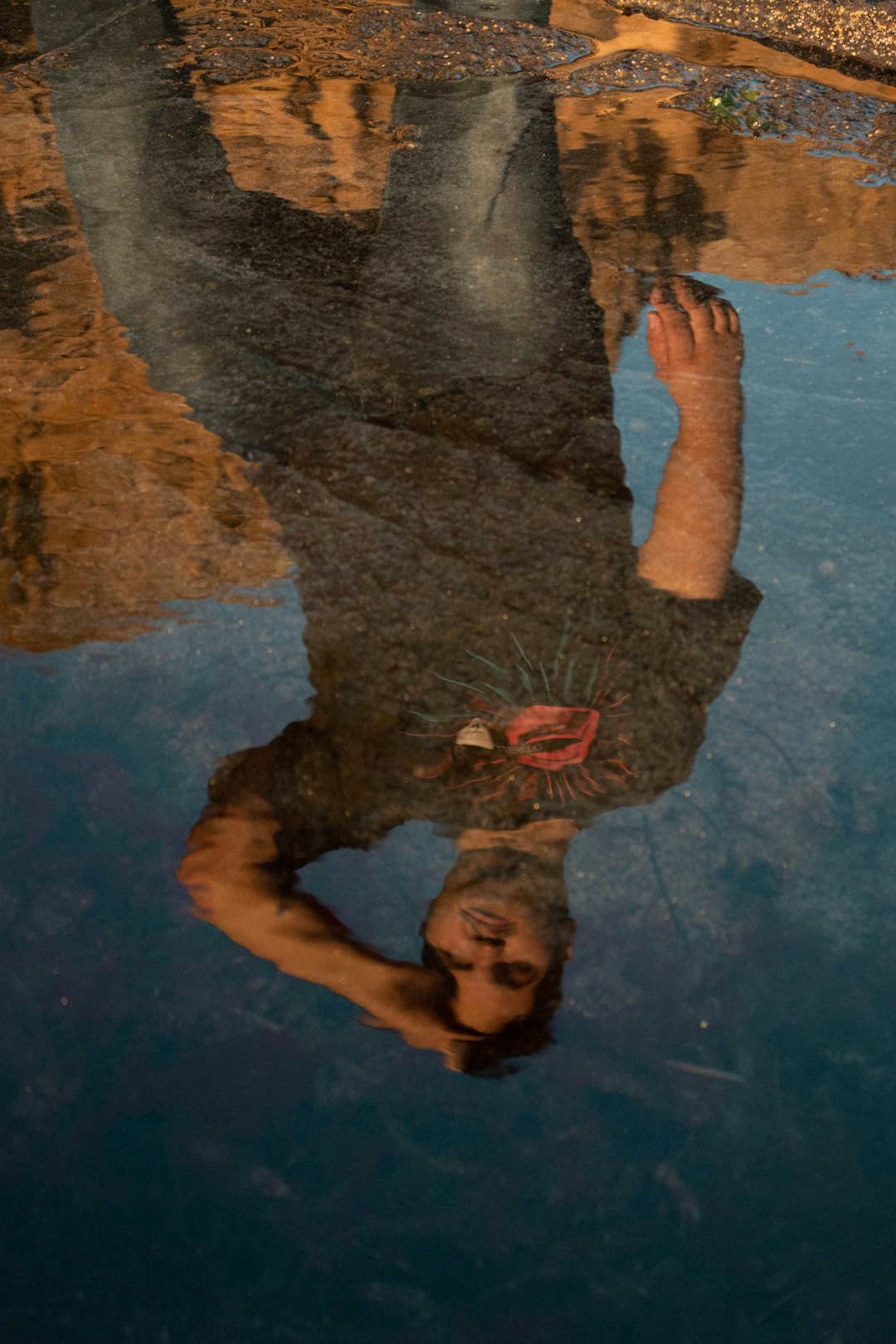
A holistic approach to treating body dysmorphic disorder (BDD) in Australia involves addressing the complex interplay of psychological, social, and cultural factors contributing to the condition. Therapeutic strategies are tailored to each individual’s unique experiences and needs. Cognitive-behavioural therapy (CBT), for instance, helps patients challenge distorted thoughts and behaviours related to their appearance, fostering a healthier relationship with their body. This can include techniques like mindfulness practices, exposure therapy to counter anxiety triggers, and cognitive restructuring to reframe negative beliefs.
Complementing CBT, other therapeutic modalities such as interpersonal therapy and family-focused approaches target the social and environmental influences that may exacerbate BDD symptoms. Interpersonal therapy focuses on improving communication and relationships, addressing potential bullying or body-image pressures from peers or family members. By addressing these underlying causes through a holistic lens, Australian healthcare professionals aim to offer effective, long-lasting solutions for managing body dysmorphic disorder and promoting overall well-being.
Support Systems and Community Resources for Recovery
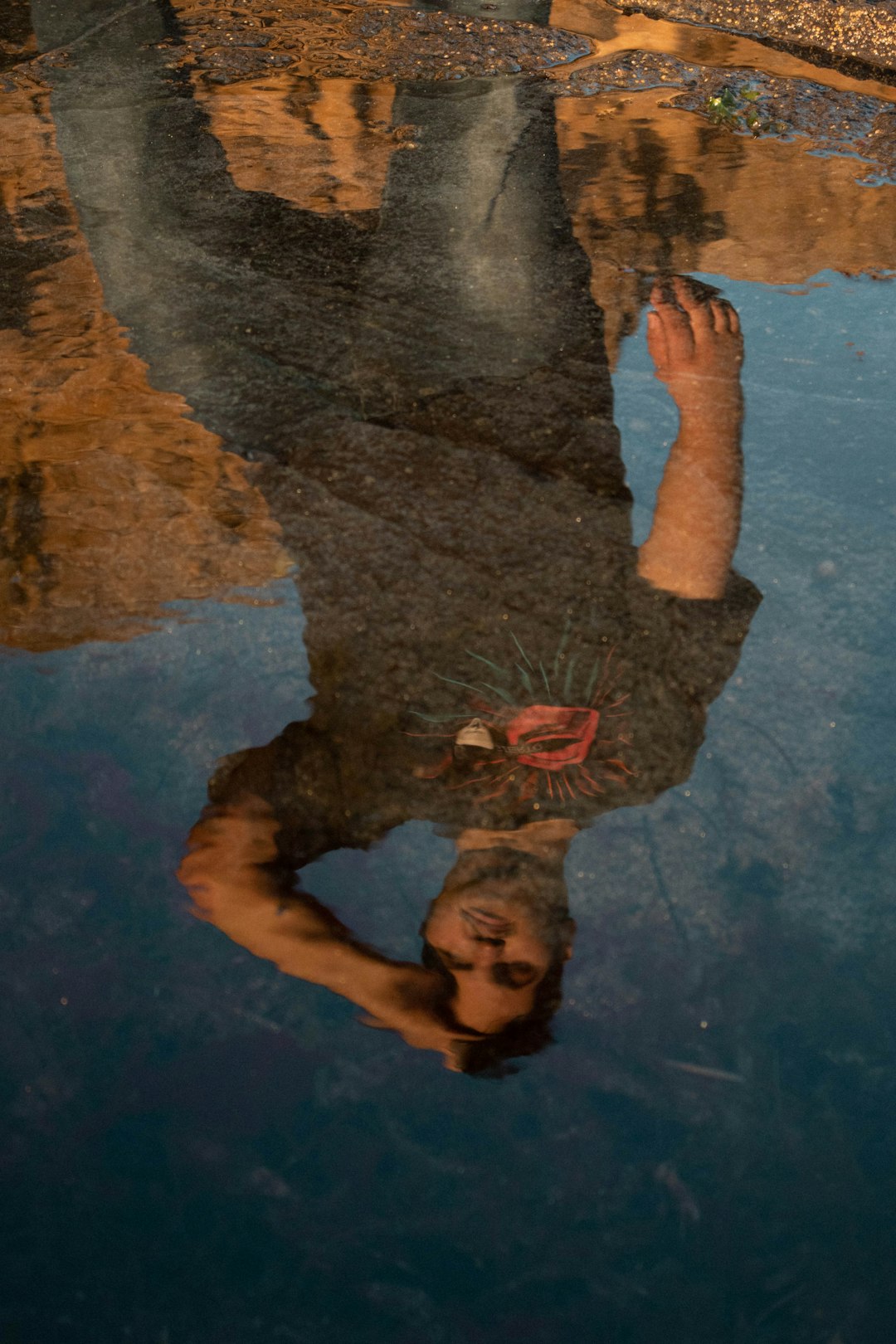
In Australia, support systems and community resources play a pivotal role in the holistic treatment of body dysmorphic disorder (BDD). Many organisations dedicated to mental health offer crucial services for those dealing with this condition. These include peer support groups where individuals share their experiences and strategies for coping, providing a sense of belonging and understanding. Online forums and social media groups have also emerged as valuable resources, enabling connections between people across the country who might otherwise feel isolated.
Community-based initiatives, such as educational workshops and awareness campaigns, help to destigmatise dysmorphism and promote early intervention. These efforts are essential in fostering an environment where individuals feel empowered to seek help and engage in treatment. Additionally, access to specialised therapy services, including cognitive-behavioural therapy (CBT) and mindfulness practices, is readily available through public and private health providers. This comprehensive network of support ensures that those affected by body dysmorphism have the tools and resources necessary for a successful recovery journey.
In conclusion, treating body dysmorphia in Australia requires a comprehensive, holistic approach that addresses both psychological and social aspects. By integrating cognitive interventions, exploring underlying causes, and leveraging robust support systems, professionals can effectively assist individuals in navigating their journey towards recovery. This multifaceted strategy ensures that those affected by dysmorphia receive the necessary tools to challenge cognitive distortions, foster self-acceptance, and access valuable community resources for a brighter, more inclusive future.



